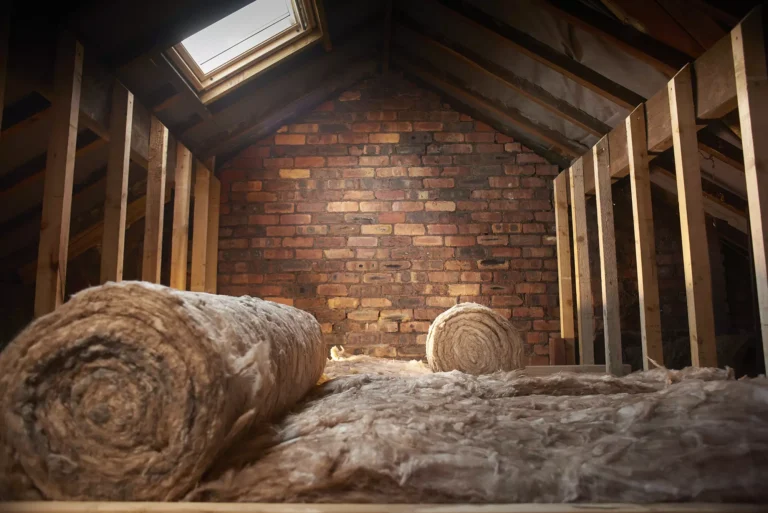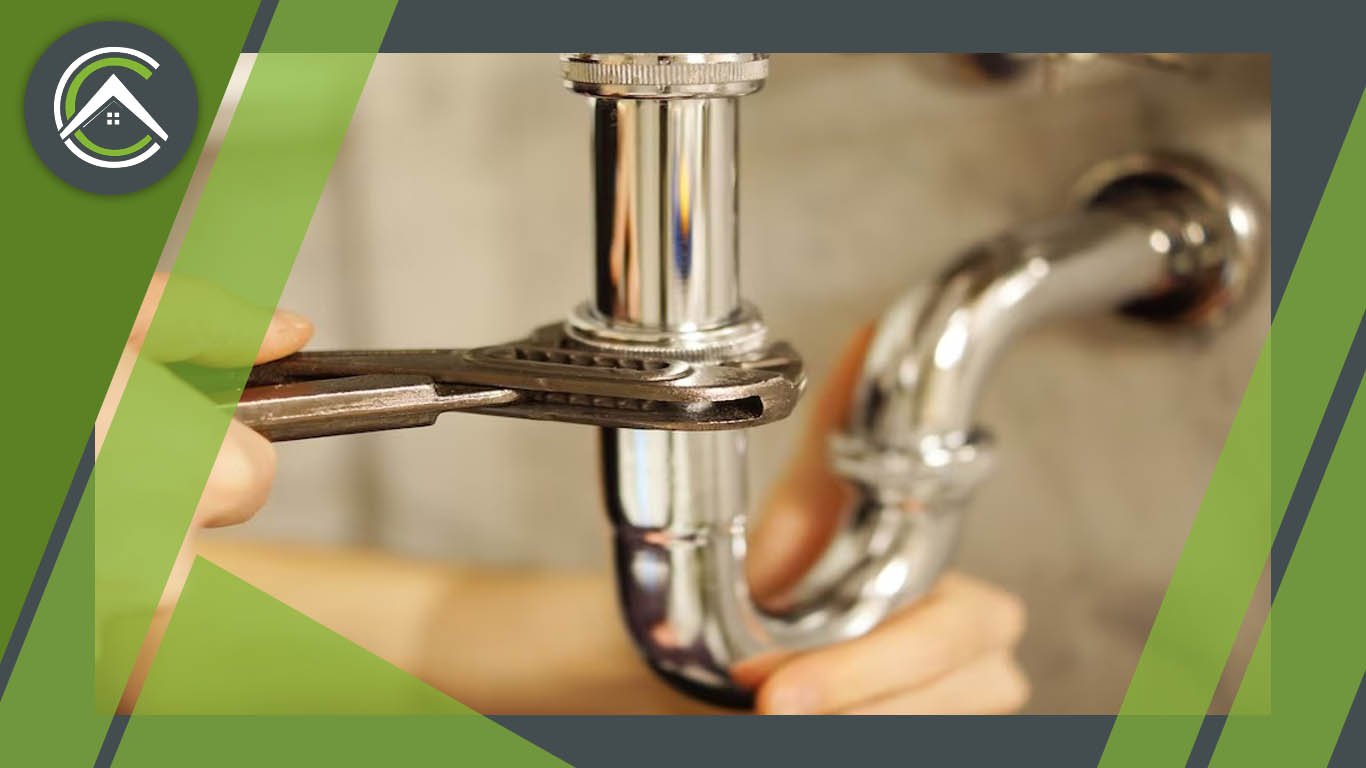
Is There Asbestos in Your Loft? What to Know Before Insulation Removal
If your home was built before the 1990s, there’s a chance that your loft insulation could contain asbestos—a hidden danger
When it comes to your bathroom, proper plumbing is essential for the functionality and safety of the space. In this article, we will provide a comprehensive guide to bathroom plumbing, including information on fittings, height requirements, inspection, diagrams, and more.
Bathroom plumbing fittings include pipes, valves, and fixtures that connect to your water supply and drainage system. It is important to choose high-quality fittings that are designed to withstand the demands of your bathroom.
Here are some common bathroom plumbing fittings to consider:

The height of your bath plumbing fixtures is an important consideration, as it can impact the functionality and accessibility of your bathroom. Here are some height requirements to keep in mind:
Regular bathroom plumbing inspections can help identify potential issues before they become major problems. Here are some things to look for during a bathroom plumbing inspection:

Bathroom plumbing can be a complicated system that involves several components such as pipes, fixtures, and drains. Proper installation of these components is crucial to ensure the efficient functioning of your bathroom. One of the critical aspects of bathroom plumbing is the installation of toilet and sink plumbing. Understanding the toilet and sink plumbing diagram can help you troubleshoot common problems and make any necessary repairs.
The toilet and sink plumbing diagram shows the pipes and fixtures that are connected to the toilet and sink. The diagram illustrates the water supply and drainage systems, as well as the fixtures that connect to these systems. For the toilet, the diagram typically shows the toilet bowl, tank, and pipes that connect them to the water supply and the sewage system. The sink diagram typically shows the sink bowl, faucet, drain, and the pipes that connect them to the water supply and the sewage system.
When installing toilet and sink plumbing, it is essential to follow the manufacturer’s instructions and local building codes. It is also crucial to use the correct materials and tools to ensure a safe and secure installation. Hiring a licensed plumber can be beneficial in ensuring the proper installation of toilet and sink plumbing.
Understanding the toilet and sink plumbing diagram can also help you troubleshoot common problems such as leaks, clogs, and low water pressure. For example, if your toilet is not flushing correctly, the problem may be with the flapper valve or the water level in the tank. By referring to the toilet and sink plumbing diagram, you can identify the components that may be causing the problem and make any necessary repairs.
Similarly, if you are experiencing low water pressure in your sink, the problem may be with the faucet or the water supply valves. By referring to the sink plumbing diagram, you can identify the components that may be causing the problem and make any necessary repairs or replacements.
In conclusion, understanding the toilet and sink plumbing diagram is an essential part of bathroom plumbing. It can help you with the installation, repair, and troubleshooting of toilet and sink plumbing. If you are unsure about any aspect of bath plumbing, it is always best to consult a licensed plumber.
Bathroom sink plumbing is a crucial component of any bathroom. Proper installation and maintenance of the sink plumbing can help ensure the efficient functioning of the bathroom. Bathroom sink plumbing typically consists of several components, including the sink bowl, faucet, drain, and pipes that connect them to the water supply and sewage system.
When installing bathroom sink plumbing, it is essential to follow the manufacturer’s instructions and local building codes. The installation process may vary depending on the type of sink and faucet you choose. For example, some sinks may require wall-mounted faucets, while others may require deck-mounted faucets. The pipes that connect the sink to the water supply and sewage system must also be properly installed and secured to prevent leaks.
Regular maintenance is also an essential option. Over time, sinks can become clogged with hair, soap scum, and other debris, leading to slow draining or blockages. To prevent these issues, it is recommended to clean the sink and drain regularly using a mixture of vinegar and baking soda. It is also essential to check for leaks or other issues periodically to prevent water damage and other costly repairs.
In some cases, bathroom sink plumbing may require repairs or replacements. Common issues with sink plumbing include leaks, broken pipes, and malfunctioning faucets. These issues can often be resolved by a licensed plumber who can identify the root cause of the problem and make any necessary repairs or replacements.
In conclusion, proper installation and maintenance of bathroom sinks are essential for ensuring the efficient functioning of your bathroom. At ConfirmedC, we understand the importance of bathroom plumbing and offer a range of services to help you with any plumbing needs you may have.

A leaking shower is a common problem in many bathrooms and can lead to water damage and mold growth if left unaddressed. Properly repairing a leaking shower requires identifying the source of the leak and taking appropriate steps to fix it. The first step in repairing a leaking shower is to turn off the water supply to the shower and remove any damaged or corroded components. This may include the showerhead, faucet handles, or valve stems.
Once the damaged components have been removed, it is important to inspect the remaining plumbing components for signs of wear or damage, including cracks, corrosion, or loose connections.
It may be necessary to replace any damaged or worn components, such as pipes or fittings, to prevent future leaks. It is also recommended to seal any gaps or holes in the shower enclosure or surrounding walls to prevent water from seeping through.
In some cases, a leaking shower may be a symptom of a larger problem with the bathroom plumbing system, such as a clogged drain or damaged pipes. If the leak persists after repairing the shower components, it is recommended to contact a licensed plumber to inspect the bathroom plumbing and identify the root cause of the problem. Regular maintenance and inspection of bathroom plumbing can help prevent leaks and other plumbing issues, saving homeowners time and money in the long run.
How to plumb a bathroom?
Plumbing a bathroom involves several steps, including installing the water supply and sewage system, connecting the fixtures, and ensuring proper ventilation. The first step is to create a plan that includes the location of the fixtures, the placement of the pipes, and the type of materials to be used.
Next, the water supply and sewage system are installed, including the main shut-off valves, supply lines, and drain pipes. Once the pipes are in place, the fixtures are connected, including the toilet, sink, shower, and bathtub. Finally, the ventilation system is installed, typically involving a fan or window to remove excess moisture and prevent mold growth. Proper installation of bathroom plumbing is crucial for ensuring the efficient functioning of the bathroom and preventing costly repairs down the line.
What are the parts of the bathroom plumbing system?
A bathroom plumbing system typically consists of several components, including the water supply and sewage system, pipes, and fixtures. The water supply system includes the main shut-off valve, which controls the flow of water into the bathroom. From there, supply lines connect to each fixture, including the sink, toilet, shower, and bathtub.
Drain pipes carry wastewater from the fixtures to the sewage system, which typically includes a main sewer line and a septic tank or municipal treatment facility. Ventilation is also an essential part of bathroom plumbing, as it helps remove excess moisture and prevent mold growth. Proper installation and maintenance of these components are crucial for ensuring the efficient functioning of your bathroom plumbing system.
Can I use plastic pipe for bathroom?
Yes, plastic pipes can be used for bathroom plumbing. In fact, plastic pipes, such as PVC (polyvinyl chloride) and PEX (cross-linked polyethylene), are becoming increasingly popular due to their durability, ease of installation, and resistance to corrosion and chemicals. Plastic pipes are often used for water supply lines, drain pipes, and vent pipes in bathroom plumbing systems.
However, it is important to note that local building codes may have specific requirements regarding the type and size of pipes used for plumbing, so it is recommended to consult with a licensed plumber or building inspector before installing any plumbing components.
What pipes are connected to a toilet?
Several pipes are connected to a toilet to ensure proper functioning. The main water supply line provides water to the toilet tank, which is then used to flush the toilet. A fill valve controls the water flow into the tank and allows it to refill after each flush. The flush valve releases water from the tank into the bowl, which then flows through the trap and into the drain pipe. The drain pipe carries wastewater from the toilet to the sewer or septic system.
Additionally, a vent pipe is connected to the drain pipe to allow air to enter and prevent pressure buildup, which can cause the toilet to overflow or make gurgling noises. Proper installation and maintenance of these pipes are crucial for ensuring the efficient and hygienic functioning of your toilet.
In summary, bathroom plumbing is an essential component of any home and requires proper installation, maintenance, and repair to ensure efficient functioning and prevent costly damage. From the water supply and sewage system to the fixtures and ventilation, each component of the bathroom plumbing system plays a crucial role in providing clean and safe water while removing wastewater and excess moisture.
At ConfirmedC, we understand the importance of reliable and efficient bathroom plumbing and offer a wide range of plumbing services, including installation, repair, and maintenance. Our team of licensed and experienced plumbers is committed to providing exceptional service and ensuring the safety and satisfaction of our customers. Contact us today to learn more about our bathroom plumbing services and how we can help keep your bathroom functioning smoothly for years to come.

If your home was built before the 1990s, there’s a chance that your loft insulation could contain asbestos—a hidden danger

Canadian winters are no joke, and heating your home efficiently is more important than ever. In 2025, cold climate heat

Your basement plays a huge role in your home’s comfort, energy efficiency, and even air quality—but only if it’s properly
WhatsApp us